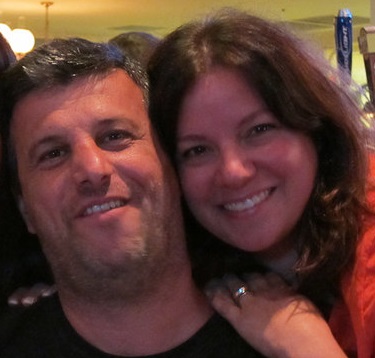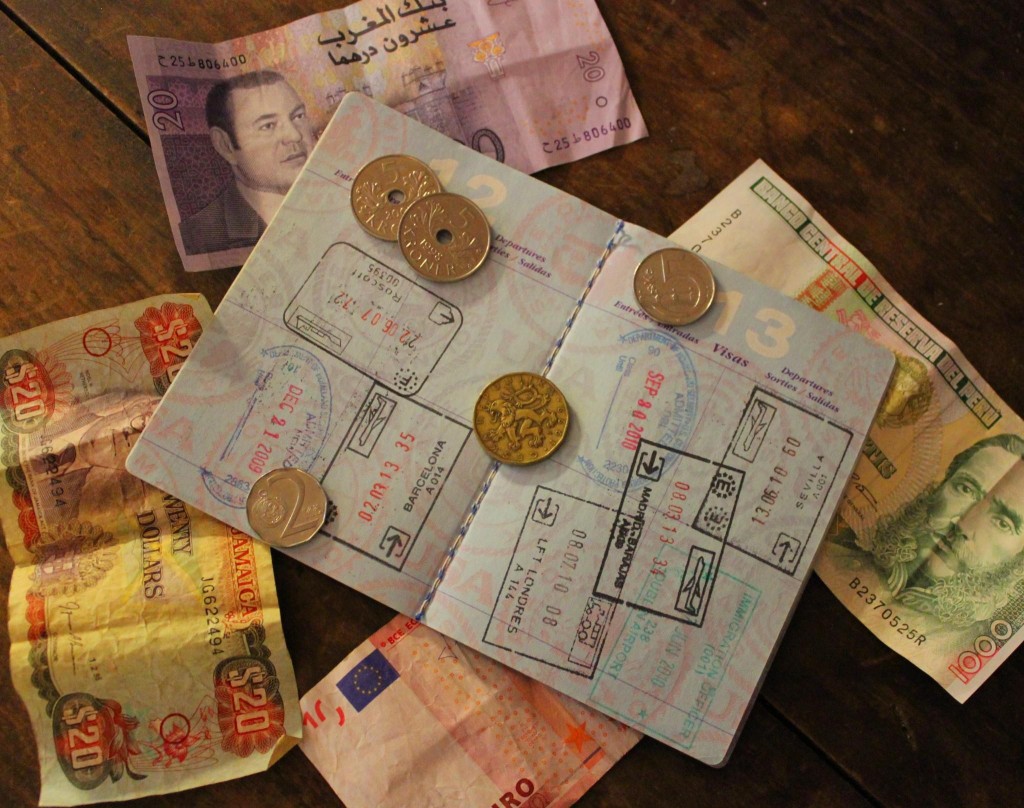 Today’s post is by Melibee’s Sarah Dilworth. She gives us the insider’s view of student exchanges – the good, the bad and the ugly!
Today’s post is by Melibee’s Sarah Dilworth. She gives us the insider’s view of student exchanges – the good, the bad and the ugly!
May 1st and 2nd were recognized as “Cultural Exchange and J-1 Visa Advocacy Days” by The Alliance for International Education and Cultural Exchange. During these two days, as well as throughout the year, The Alliance advocates for, lobbies for, and supports international exchanges. This got me thinking about my own experience working for a cultural exchange organization, specifically, bringing international high school students to live with a family in the US for an academic school year.
This past year, the State Department’s Exchange Visitor Program brought approximately 26,000 international high school students to the US on a J-1 visa.These students apply through various sponsoring organizations and these organizations handle finding host families, viable communities with local volunteers, and public schools willing to accept a student (or ten if you’re very lucky!).
During the course of working in this capacity, some things led me to question the sustainability of the program and the quality of the participants’ experiences. There were not only major difficulties in securing and vetting eligible and willing host families; finding viable public schools with administrators willing to accept exchange students was often a tiring, gruesome, and ruthless process. When you were lucky enough to secure a family AND a school, along with a willing local volunteer liaison, you would think the difficult part was over. When the students arrive, within a few days, there are already student support cases, students and families not getting along, and requests for student moves. Local volunteers are often asked to carry the extra weight, whether that be through hosting students that we could not find another host family for, or counselling students and families through a support case. There is a high burnout rate among volunteers. However, these are all aspects of this field that we (as staff or volunteers) are trained to manage as they arise.

As with other education abroad programs, there are some deeper rooted issues with the overall quality of these programs. J-1 visa participants’ program quality can drastically vary depending on the sponsoring organization. Some organizations do not adequately prepare students for their cultural immersion. Others have satellite offices in various countries that do a great job with pre-departure and re-entry activities. Some organizations have very active local volunteer networks, some rely on local staff, while others do not have capable or willing local support systems for the students and host families. However, there are more rules and regulations put in place every year to standardize the program and participants’ safety across organizations. The Department of State has standardized the screening process and the orientations for all host families, as well as the basic training for staff and volunteers. While these new regulations can be a lot to keep up with and can be frustrating to explain to unwilling host parents or volunteers, it is ultimately what will enable all organizations to provide the best program design they can.
Exchange organizations are doing everything in their power to stay afloat, all the while continuing to accept students, attract interested host families, and retain active volunteers. The constant threat of federal budget cuts for these programs looms above. The demanding, but necessary, Department of State and CSIET (Council on Standards for International Educational Travel) rules and regulations and possible sanctions are stressful to staff and volunteers alike. The relatively recent scandals uncovered by news organizations like Rock Center, certainly do not help attract host families or willing volunteers. (One the plus side, those rare and disturbing stories do cause staff and volunteers to realize just how important screenings and vettings of host families are.)
I don’t want to just focus on the sometimes troubled side of cultural exchange. There are so many heartwarming stories of exchange students thriving in their host communities and creating lifelong bonds with their new families and schools. It is not only the students and their host families who benefit from this cultural exchange. The students’ peers (American and other exchange students), teachers, and host communities all get the opportunity to learn, grow, and evolve through intercultural interaction.

Countless host families continue a relationship with their exchange student long after their year is over. Host families attend their former exchange students’ weddings and eventually become grandparents to their “host-grandchildren”. So many former exchange students have come back to the US for college or work and some even choose to live with or closeby their host families. I know a terrific volunteer who has hosted 1 or 2 students every year for almost 20 years and, as a result, has host-children whom she visits on every inhabitable continent. These are the stories that inspire me and make me excited for the day I host host exchange students.
“Governments cannot substitute for the bonds that develop between individuals of different countries when, through mutual endeavor, they experience the joy and intellectual satisfaction of learning about one another and working with each other,” said former Senator Richard Lugar (co-founder of Kennedy-Lugar Youth Exchange and Study (YES) Program, a partnership founded in the wake of 9/11 to foster relationships with countries with a predominantly Muslim population). This type of interpersonal, public diplomacy changes lives, community outlooks, and even policy. This is why, despite all of its problems, cultural exchange programs need to be promoted, supported, and cultivated.
Please note: The summer months mark the busiest time of year for cultural exchange organizations. I know my former colleagues will be in the office 12 hours a day, 6-7 days a week. The Department of State placement deadline of August 31 arrives quickly, so if you are interested in taking part, as a volunteer or host family, in this incredible- albeit sometimes demanding- diplomacy program, I urge you to contact one of the CSIET regulated organizations listed here.
 About the Author: Sarah Dilworth is a travel lover from the mid-Atlantic region of the United States whose passion for experiencing other cultures has taken her to over two dozen countries on three continents so far. She earned a Masters Degree in Intercultural Studies from Dublin City University in 2010. Sarah has worked in the nonprofit sector facilitating cultural exchange, primary and secondary education, and is one of Melibee’s Marketing and Innovation Bees. She currently splits her time between Ireland and the US.
About the Author: Sarah Dilworth is a travel lover from the mid-Atlantic region of the United States whose passion for experiencing other cultures has taken her to over two dozen countries on three continents so far. She earned a Masters Degree in Intercultural Studies from Dublin City University in 2010. Sarah has worked in the nonprofit sector facilitating cultural exchange, primary and secondary education, and is one of Melibee’s Marketing and Innovation Bees. She currently splits her time between Ireland and the US.

